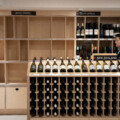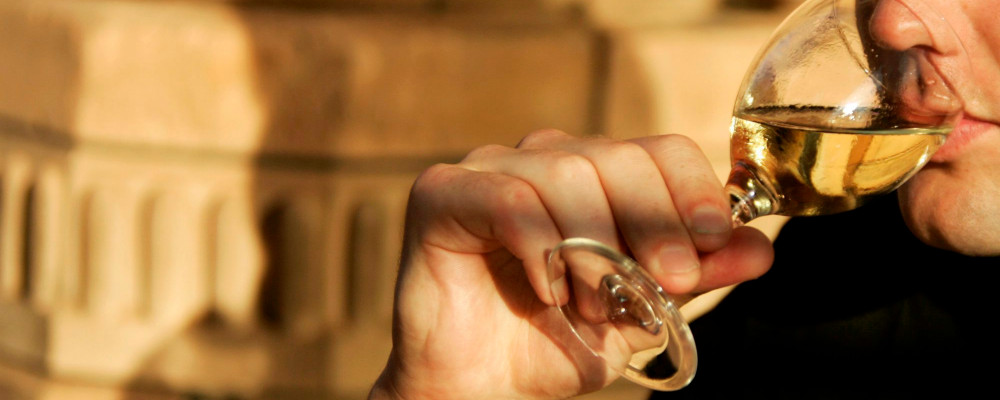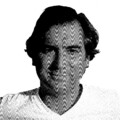I don’t remember how I acquired my copy of Adam McHugh’s wine memoir, Blood From A Stone. It was published last fall, and it’s possible his publisher sent it to me, or maybe their Canadian distributor. I used to review food and wine books frequently and was on lists to receive review copies, or at least catalogues of new books from which to request one.
I suspect I bought it myself, though. Karen MacNeil, the California-based wine writer, reviewed it glowingly on her blog in January. I have a vague, though probably not false, memory of ordering it on a whim after reading MacNeil’s post. January was a crazy-not-in-a-good-way month, in what has turned out to be a crazy year in my house and with my family. I must have been distracted by events and forgot about the book in the pile at the corner of my desk.
I found Blood From A Stone just in time for a couple of weeks’ holiday in July, and the timing couldn’t have been better. After the trying winter and spring, I was ready for it. The book is about how McHugh changed his life from being a hospice chaplain to being part of the wine trade in Central California, coming to terms with loss, and re-imagining one’s self and circumstances.
Much of the book is about wine, generally: science, history, culture, all of it. If McHugh’s reader is already a wine nerd, then he tells some familiar stories in a novel and amusing way. If McHugh’s reader is not already a wine nerd, then he provides an excellent introduction to the subject. Though it sometimes touches on dark subjects, it’s a fun and witty read.
One of the things that Blood From A Stone is really about is change, welcome or otherwise. Through the book, McHugh makes connections between events in his life and the processes, whether chemical or cultural, that make wine.
Wine is also really about change. The winemaker turns sweet grapes into dry alcoholic wine. Or at least they guide the natural process of change. The same might be said of any cooked food or alimentary product. But what separates a bottle of good red wine from a bottle of Coca-Cola is that it is, at least notionally, alive and prone to change as it sits in the cellar or opened on the counter.
Another California wine writer, Alder Yarrow, published a kind of interview last week on his website, Vinography, with the French bio-dynamic winemaker pioneer, Nicolas Joly. In it, Joly suggests the true test of a well-made wine is time after the bottle has been opened and the wine exposed to oxygen.
He tells Yarrow: “Here’s is the test of truth. You follow the wine. You drink a glass, another glass, and then you wait and have another glass three days later. In summer, all true wines will improve for 8 or 9 days.”
This seems extreme, though having met the man, I have no doubt that he does it regularly and that his Loire Valley wines, made with organic Chenin blanc grapes grown on land that has been under vine for centuries, are up to the challenge. Less dramatically, I have returned from a week away to find a perfectly good half bottle of wine waiting in my fridge. Whether it had improved or not, I couldn’t say.
Most wines today don’t need to be opened well in advance of being served or to be decanted to encourage more contact with oxygen in the air. Modern, temperature-controlled wineries make stable wines, which don’t require heavy tannins, from grape skins, stems, or new oak barrels, to keep them from spoiling.
Producers still make wines that are meant to age, but today they don’t have to, and the great majority of wine is meant to be drunk within a year or two of being bottled. This summer I am regularly pouring a white wine from the North of Italy: the 2021 Zenato San Benedetto Lugana. Lugana is a DOC designation for white wine that holds the distinction of being stretched between two political regions: Lombardy and Veneto on the south shore of Lake Garda.
The Zenato Lugana is just under $20 in Ontario, and there is enough of it sent here that it is relatively well distributed across the provincial liquor retail monopoly. Apart from the twin virtues of being well-priced and fairly easy to find, the Zenato Lugana is also a fruit-forward crisp sipper with some weight in the mouth. It’s not terribly complicated, but it’s a pleasing refreshment that’s easy to sip as an aperitif.

But here’s the problem: I am not sure exactly what it tastes like. When I first tried it, I made a note that I was receiving tangerine. The second time, I was convinced it was peach. By the third, it was grapefruit and apricot. Now, when I open a bottle, I wonder which version will end up in my glass.
Taste is, of course, subjective. I write my tasting notes independently, but then I like to compare them against other wine writers I respect. They’re never exactly the same, but often similar, especially if I have resorted to vague descriptions like “red fruit”. And sometimes they are as different as tangerines and peaches. When that happens, I’ll look up a third and a fourth review, only to be further confounded by a lack of sensory consensus.
Wine is, of course, itself subjective. Any number of variables, from temperature to oxygen exposure or the shape of the glass a wine is poured into, will affect taste. Many (like me) believe the weather can change how a wine tastes and distinguish between “fruit days” and “root days.” The best explanation for this phenomenon that I have heard is that day’s barometric pressure affects the volatility at the surface of the glass of wine, which changes how many aromatic molecules will reach the taster’s nostrils.
In the end stone fruit notes from the Verdicchio grapes that make the Luagana are winning over the citrus ones. But I like that that could change with the next bottle. It might also change when the 2022 vintage replaces the 2021. Wine like most good things is about being in the moment and never really knowing what’s coming next.
Recommended for You

Malcolm Jolley: The comfort of familiar favourites—or the fun of finding new wines?
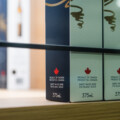
Malcolm Jolley: An ‘Elbows Up’ wine project everyone can get behind

Malcolm Jolley: Need some summer wines? Look no further than the food-friendly, low-sugar sippers of the sunny Southern Rhône
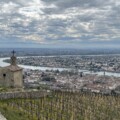
Malcolm Jolley: Need a date-night drink? French Northern Rhône wines are worth the investment
